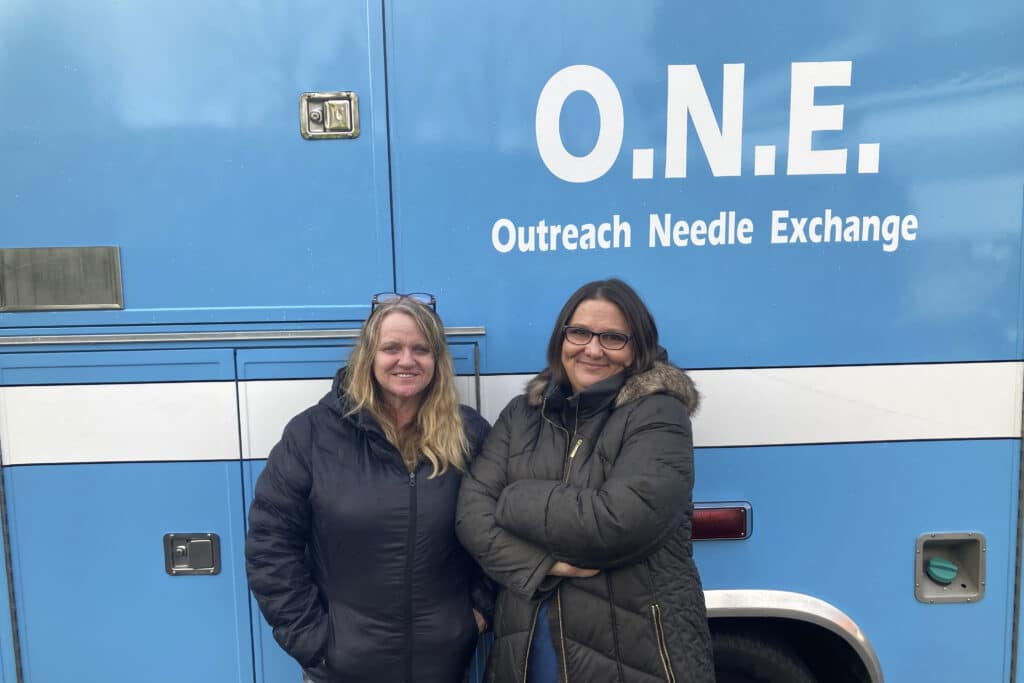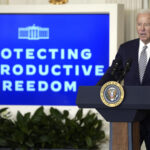Three drug distributors — AmerisourceBergen, Cardinal Health and McKesson — and drug maker Johnson & Johnson agreed in July to pay $26 billion to resolve thousands of state and local government lawsuits over opioids. The money is intended to fight the crisis. The Associated Press has the story:
Holdouts remain in Oregon to signing onto billion dollar opioid settlement
McMINNVILLE, Ore. (AP) — The opioid epidemic blew into this picturesque Oregon town like a toxic wind, leaving overdoses, addiction, homelessness and wrecked families in its wake.
In a humble, single-story brick building, three blocks from downtown McMinnville‘s wine-tasting rooms and cafes, staffers and volunteers of a recovery center called Provoking Hope help the casualties. The workers, who themselves are recovering from drug addiction, offer counseling, coffee and, for some, clean syringes.
McMinnville and thousands of other towns across the United States are on the precipice of receiving billions of dollars in the second-biggest legal settlement in U.S. history. The $26 billion from three drug distributors and a pharmaceutical manufacturer would address damage wrought by opioids, which the federal government declared in 2017 was a public health emergency.
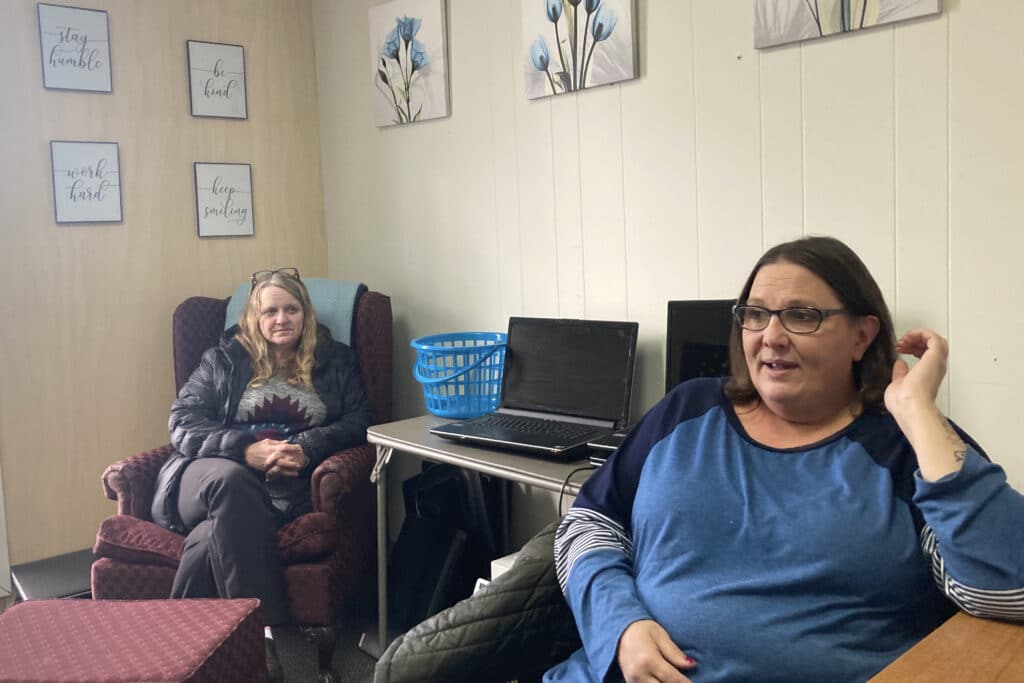
States, counties and cities face a deadline in three weeks to sign onto the settlement, and most states have agreed to do so. But a few holdouts remain, including Oregon, where disagreements have emerged between state and local government officials.
The money is needed. In Yamhill County, where McMinnville is the county seat, it would expand counseling and treatment, including in jails, expand residential treatment and recovery facilities and fund other programs, said County Commissioner Casey Kulla.
As Provoking Hope’s office manager, Anne Muilenburg has seen the devastating effects of drug addiction and also experienced it first-hand. She says her addiction started as many in America did, after her physician prescribed opioids. They were for a painful spinal bone spur. Ten years later, using her prescription and buying two other people’s prescriptions, she was taking 35 pills per day, far exceeding the maximum dosage.
“It wasn’t even enough to make me feel high. It was just enough to not make me sick,” Muilenburg said. She described opiate withdrawal — experienced when she would run out of pills — as “the worst feeling ever.”
“It makes you feel like somebody’s peeling your skin off,” she recalled in her small office, decorated with posters with sayings like “be kind” and “stay humble.”
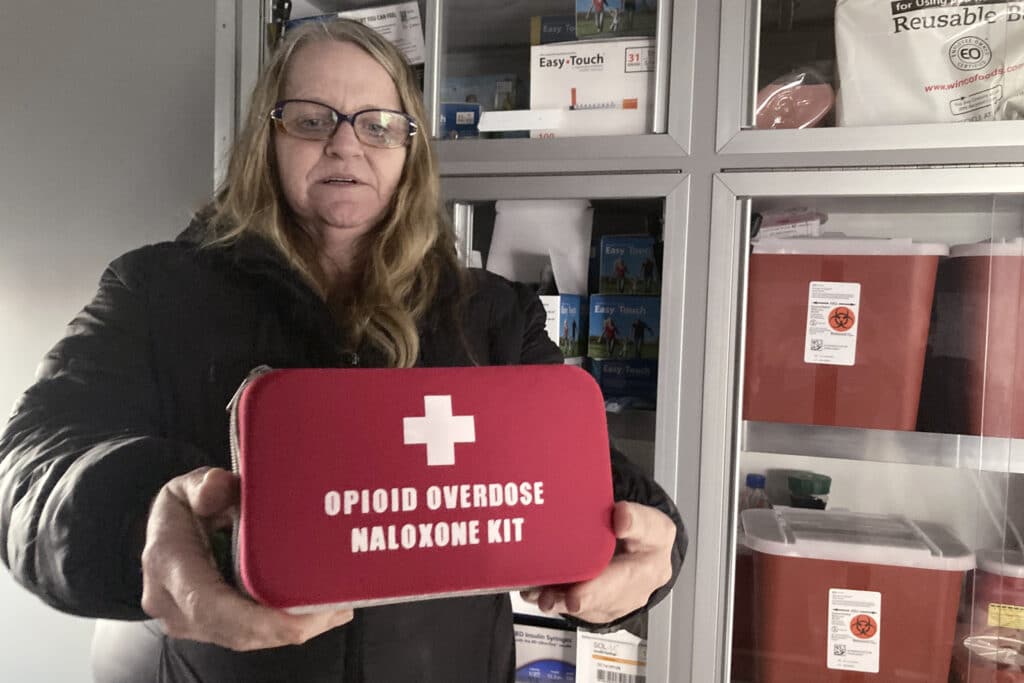
Muilenburg finally got treatment but then “drug jumped” to alcohol and methamphetamine. She wound up losing her job in a car dealership, lost her husband (they have since reunited), was in and out of jail and found herself living on the street.
“My being homeless was one of the things that led me to wanting to change my life,” Muilenburg said.
She has been free of drugs for 4 1/2 years. Muilenburg said funds from the settlement are needed to address the community’s drug dependency.
“We need more treatment centers. Every place needs more treatment centers,” she said. “It’s ridiculous that somebody wants to go to treatment and they have to wait eight to 10 weeks for a bed.”
In the U.S., more than 500,000 deaths over the last two decades have been linked to opioids, both prescription drugs and illegal ones.
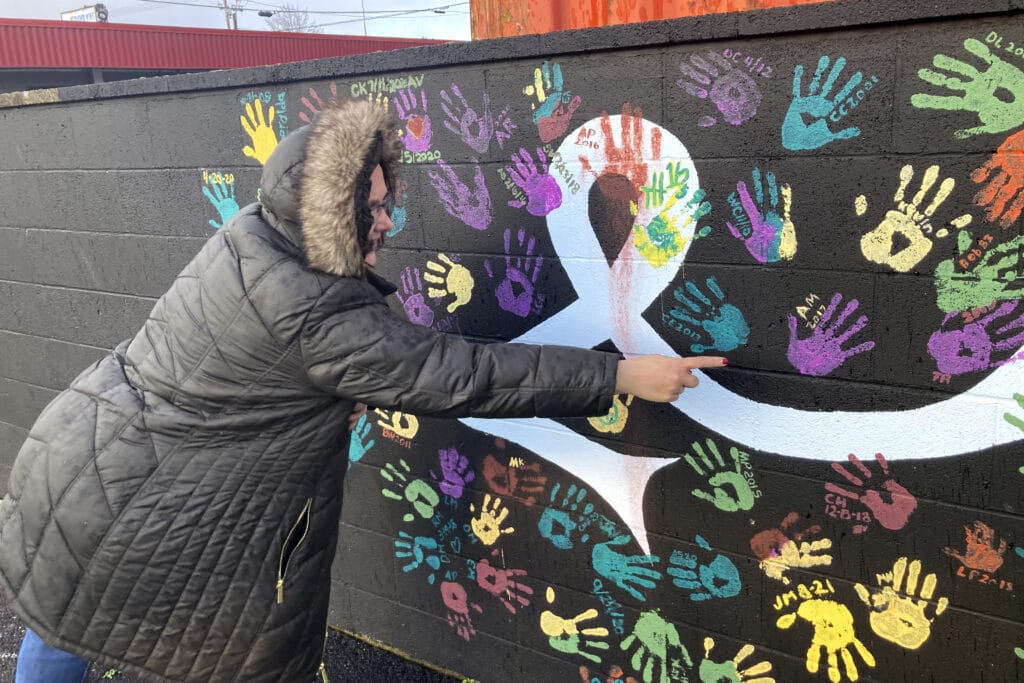
The clock is ticking on the settlement, with a payout second only to the $200 billion-plus tobacco settlement, in 1998, with the nation’s four largest tobacco companies.
The three drug distributors — AmerisourceBergen, Cardinal Health and McKesson — and drug maker Johnson & Johnson agreed in July to pay the combined $26 billion to resolve thousands of state and local government lawsuits. But if the defendants feel there’s a lack of participation by states and local jurisdictions, it could cause them to back away from the landmark agreement or eventually reduce the amount of the settlement.
“The defendants have the last bite at the apple to say, ‘Do we have a critical mass to justify going forward,’” said Joe Rice, an attorney for the plaintiffs.
In exchange for the payout, participating states, counties and cities would have to drop any lawsuits against the defendants and agree not to sue them in the future for the opioid epidemic.
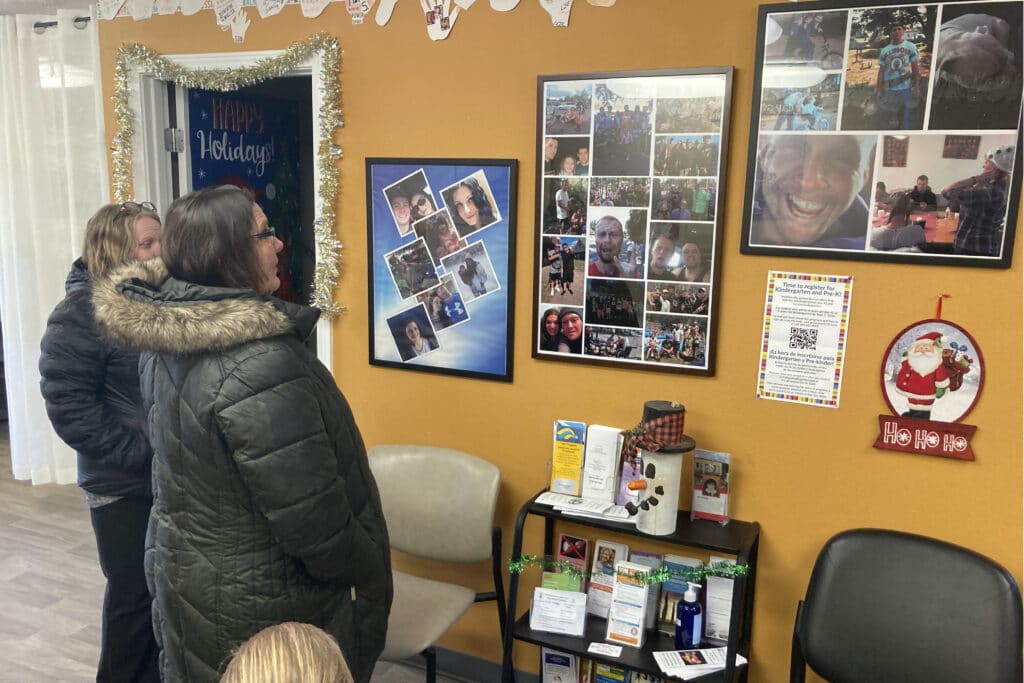
“There are complex tradeoffs at stake here,” said Caleb Alexander, a drug safety expert at Johns Hopkins Bloomberg School of Public Health. “On the one hand, the settlement would offer sorely needed funding to scale up treatment and otherwise address the opioid epidemic. On the other, many parties believe the settlement is not enough.”
At least 45 states have signed on or signaled their intent to do so, and at least 4,012 counties and cities have also confirmed participation, plaintiffs’ attorneys said Friday.
Washington state has already ruled out participating, with Attorney General Bob Ferguson calling the settlement “woefully insufficient.” He’s suing the nation’s three biggest drug distributors – the same ones in the national settlement – for $38 billion in a trial that began in November.
In Pennsylvania, the district attorneys for Philadelphia and Allegheny County, which includes Pittsburgh, have sued the state attorney general to ensure their lawsuits against the drug industry could continue, saying their communities’ shares from the settlement would cover only a fraction of the epidemic’s financial toll.
“We are not going to accept a settlement that is a sellout,” Philadelphia District Attorney Larry Krasner said.
Pennsylvania Attorney General Josh Shapiro says receiving payouts from the settlement is a sure thing, unlike continuing to pursue lawsuits against the companies. Local governments can opt out and keep suing, he said, but the more that do, the less the state would receive.
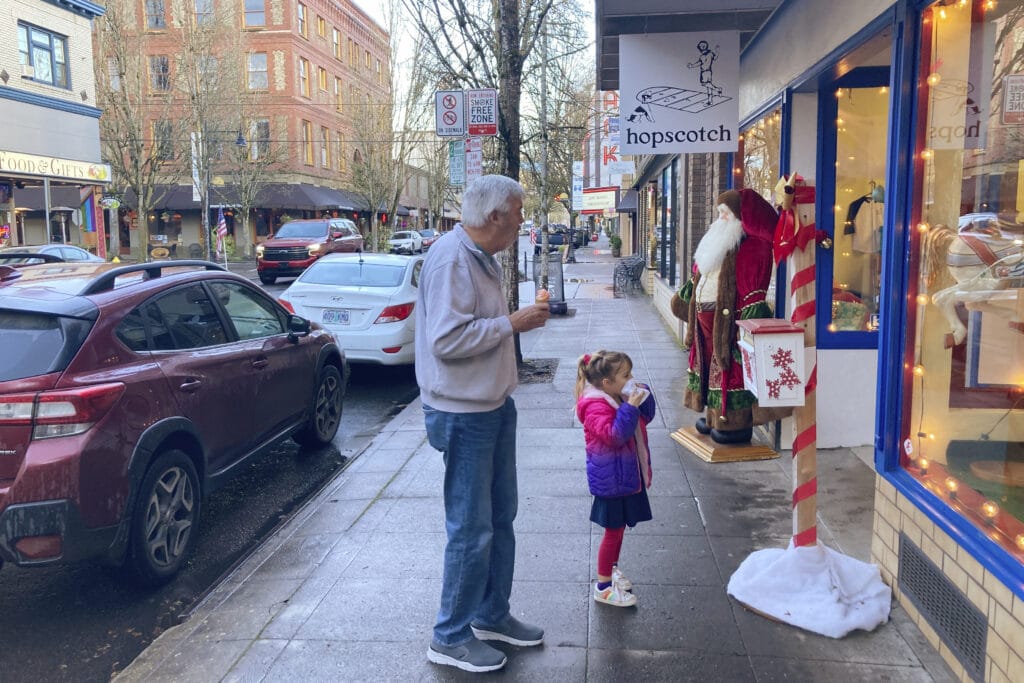
New Mexico is still working out details “and we’re anticipating that counties and local governments will be responding soon,” said Jerri Mares of the state attorney general’s office.
In Oregon, lawyers for local governments and the state recently resolved an impasse over how the settlement would be disbursed, according to The Lund Report, a health care news site.
The state of Oregon had wanted local governments to apply to it for grants. The local governments instead wanted a larger share of the funds in direct payments. There’s now disagreement on how much of the settlement should go to attorneys who sued on behalf of several counties in Oregon.
Kulla, the Yamhill County commissioner, supports the opioid settlement but doesn’t want the state taking excessive control of it.
“We at the counties are the ones working with those addicted and their families, and we incur the societal costs of those addictions,” he said.
Under the settlement, the payments would be made over 18 years. The tobacco settlement was controlled by state governments, and most of the money has not gone to pay for the toll of tobacco. By contrast, the opioid settlements are structured so most of the money is intended to fight the crisis.
Kulla recognizes there won’t be a quick fix.
“It’s going to be long term,” Kulla said. “It’s going to take generations, really, to dig ourselves out of this.”
By ANDREW SELSKY
AP reporters Geoff Mulvihill in Cherry Hill, New Jersey, and Cedar Attanasio in Santa Fe, New Mexico, contributed.

